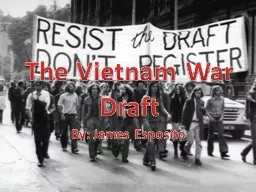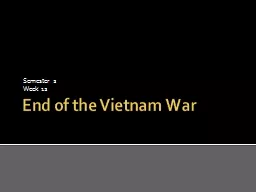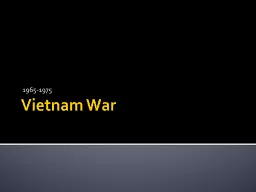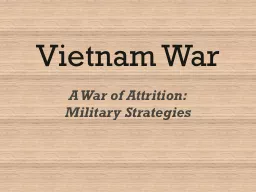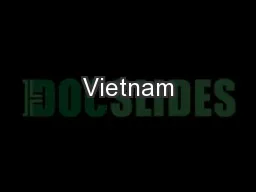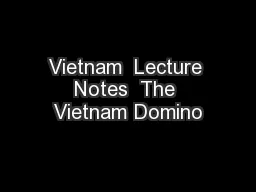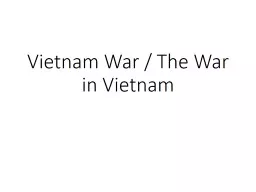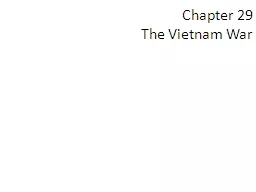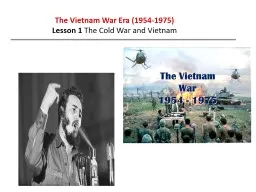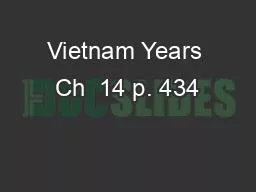PPT-Big Picture: Following the Vietnam War, Americans searched for order but their political
Author : trish-goza | Published Date : 2018-09-22
Chapter 31 A Search For Order Main Idea Beyond the ongoing turmoil of the Vietnam War the Nixon administration did enjoy some notable success Chapter 31 Section
Presentation Embed Code
Download Presentation
Download Presentation The PPT/PDF document "Big Picture: Following the Vietnam War, ..." is the property of its rightful owner. Permission is granted to download and print the materials on this website for personal, non-commercial use only, and to display it on your personal computer provided you do not modify the materials and that you retain all copyright notices contained in the materials. By downloading content from our website, you accept the terms of this agreement.
Big Picture: Following the Vietnam War, Americans searched for order but their political: Transcript
Download Rules Of Document
"Big Picture: Following the Vietnam War, Americans searched for order but their political"The content belongs to its owner. You may download and print it for personal use, without modification, and keep all copyright notices. By downloading, you agree to these terms.
Related Documents


